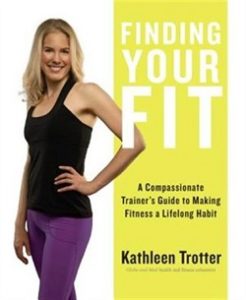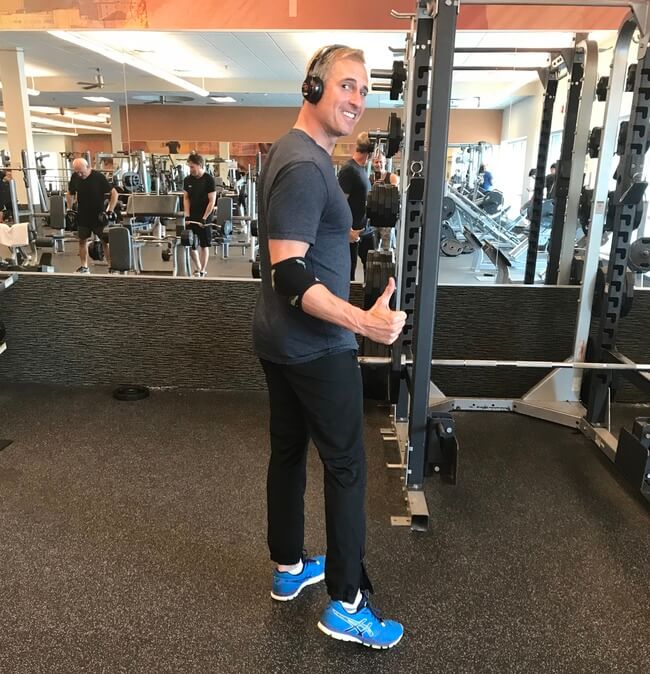
When trying to adopt a healthier lifestyle, one of the hardest things to truly grasp and apply is a better diet. Having a clean diet makes a vast difference in health and aesthetics. While maintaining a regular workout routine can be difficult, it is typically the diet aspect where individuals feel most challenged.
“To successfully change your eating long term, you need to figure out not just WHAT and HOW much you eat, but HOW and WHY you eat.”
A common mistake people make is attempting to find the “perfect” diet to follow. Many of these diets stem from the internet or diets recommended by others and what may work for one may not work for someone else. Hence, why it is important to assess your own individual eating habits.
Many of these diets focus primarily on what you should eat and how much you should eat but fail to focus on why you eat or how you eat. It is imperative to identify your personal danger zones, habits, and triggers.
Ask yourself the following questions:
What do I eat?
- Do I eat fast food? Prepared foods? Foods high in sugar or saturated fats?
Why do I eat?
- Because I am tired? Sad? Angry? Am I a social eater? Do I eat when nervous or when I am trying to please someone? Or do I eat more when I am alone?
How do I eat?
- In front of the tv? Too quickly? Standing up? Do I pick off my partner’s or kids’ plates? Do I nibble off my co-worker’s desk?
How much do I eat?
- Do I eat adequate portions? Always go back for seconds? Am I always stuffed after a meal? Do I snack even when I am not hungry?
It is important to become aware of the WHH of your eating habits, and Kathleen abides by three simple and effective strategies to help you out.
Strategy 1: Keep a food journal for two weeks
Use it to pinpoint the WWHH of your eating habits. This will allow you to visually analyze the WWHH of your eating habits.
Strategy 2: Reframe why
Instead of thinking of food as the enemy or as the reward, or of eating something to do when you are tired, happy, sad, or angry, think of food as fuel and of eating well as self-care.
Strategy 3: Use the “thirty-minute rule” and “party five” trick
Teach yourself to take a beat between the movement you want a sugary, salty, or unhealthy treat and the moment you eat it. For example, at home, wait thirty minutes. Don’t tell yourself you cannot have something as that will make you feel deprived. Instead, tell yourself you can have it late if you still want it.
Once you identify the WWHH of your eating habits, adopting a healthier lifestyle will become simpler. Once you identify these, you can then modify your eating habits and optimize them to benefit your individual needs. There are also ‘Captain Obvious Principles’ that every individual should abide by in order to aid them in healthy eating.
Principle 1: No matter what you are eating, stop when you are full
Principle 2: Don’t eat mindlessly
Principle 3: Chew your food
Principle 4: Stay hydrated
Principle 5: Avoid processed foods
Principle 6: Don’t keep your food triggers in the house
Always remember to keep in mind that what works for someone else may not work for you. Every individual is different, thus, every individual must communicate with their body to ensure they are doing what is best.

Kathleen Trotter’s, Finding Your Fit, is certainly a must-read for all fitness enthusiasts and those looking to make a beneficial change in their lives.
It is available on her website and at your local, Indigo. I, myself, have a copy and it is well worth the read no matter what fitness level you are at. 🙂

